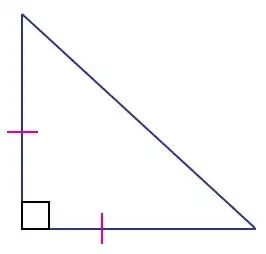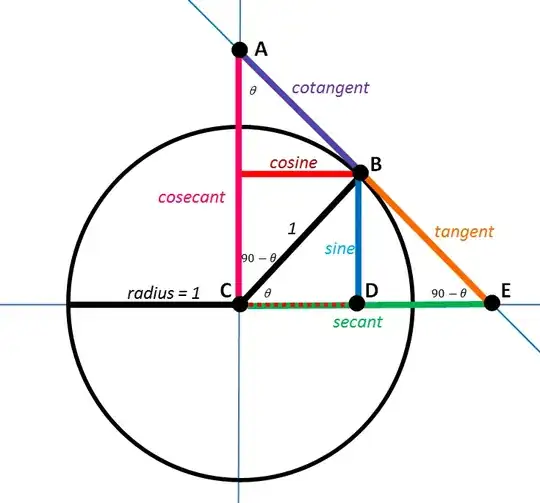Arrange in ascending order $\tan45^\circ,\tan80^\circ$ and $\tan100^\circ.$
We know that $\tan45^\circ=1$ because a right triangle with angle equal to $45^\circ$ is isosceles.

I don't know the exact values of $\tan80^\circ$ and $\tan 100^\circ.$ Can you give me a hint?
